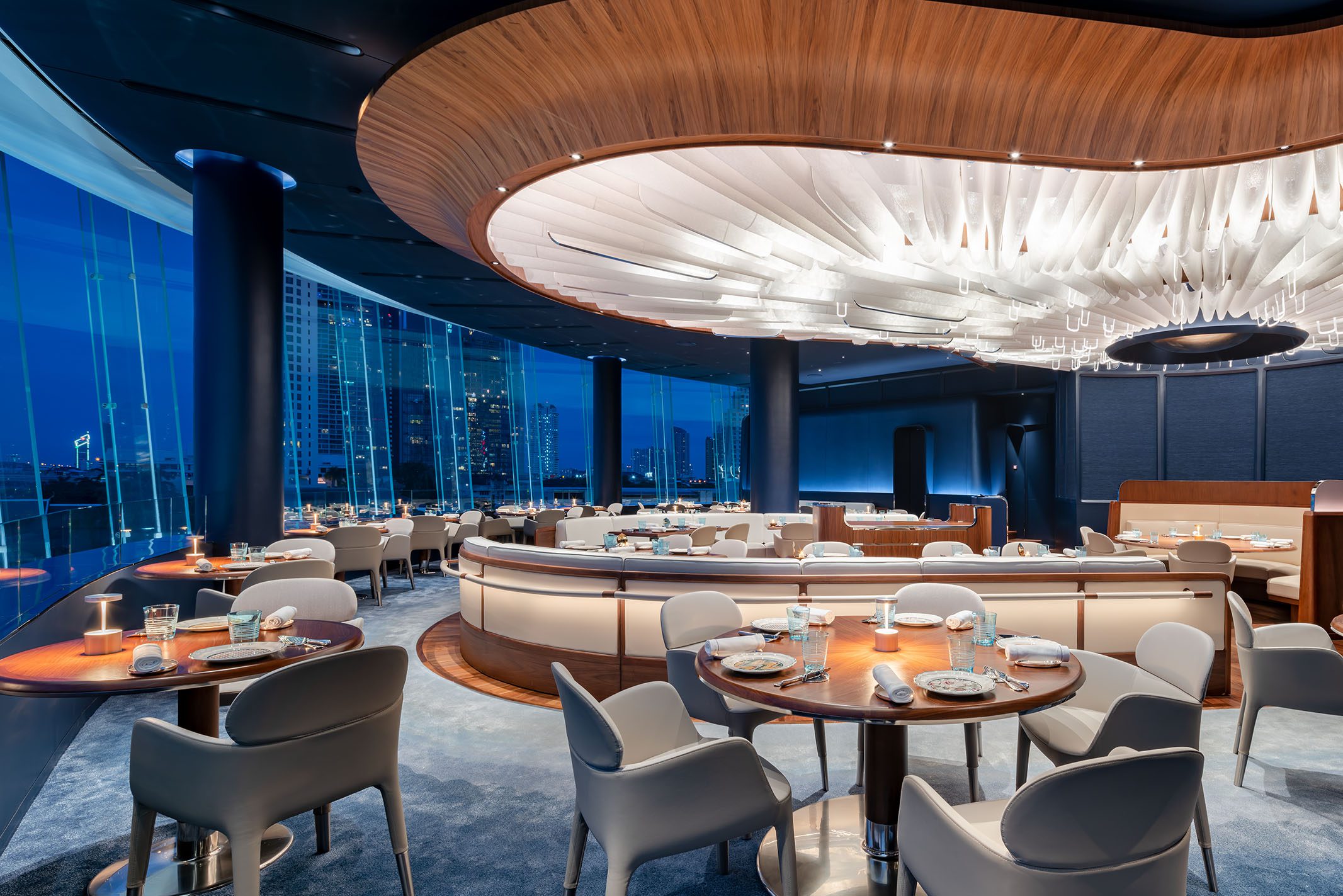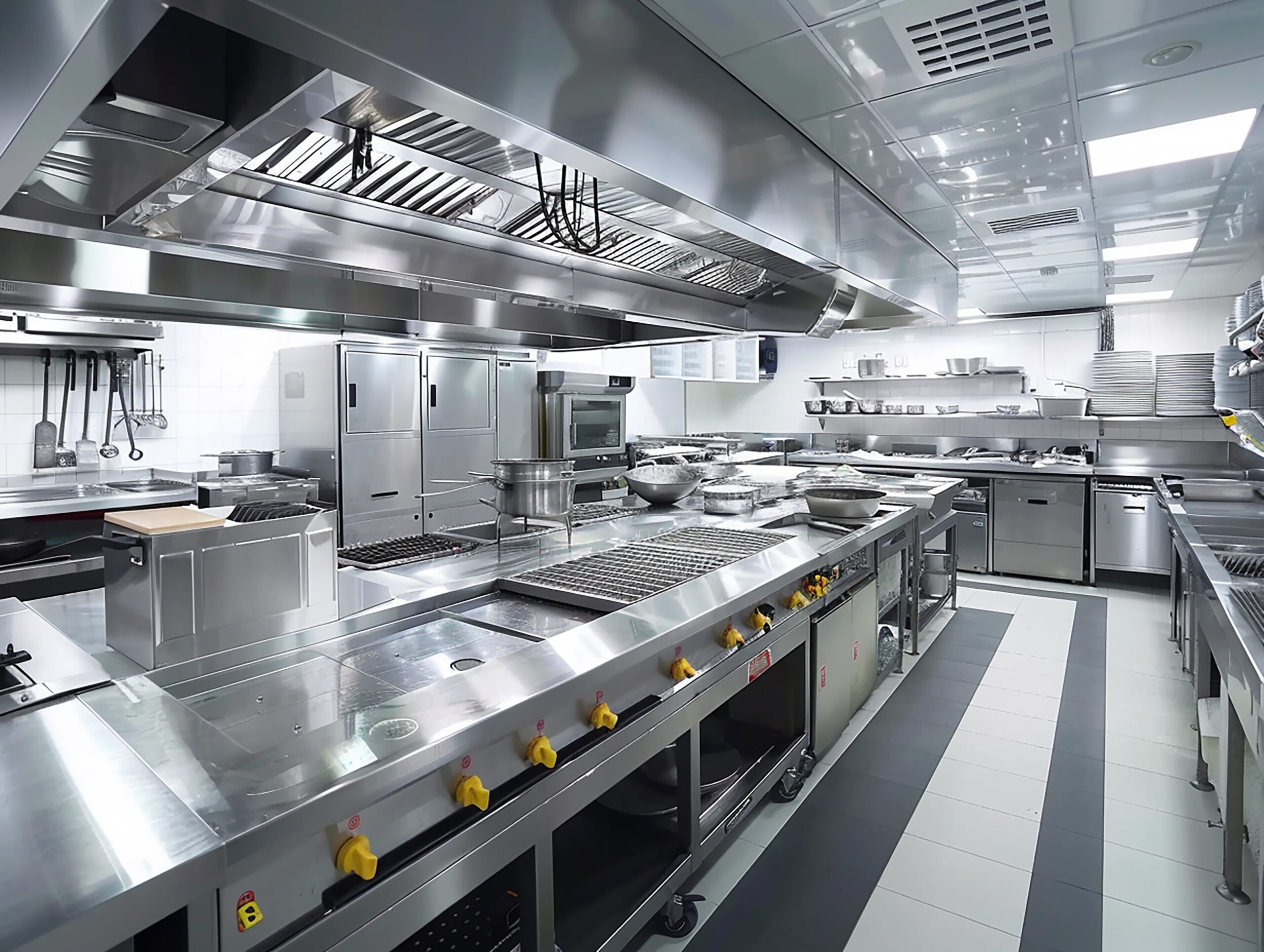
A walk-through checklist in the front-of-house (F.O.H.) is a comprehensive tool used to inspect and ensure that all areas of the restaurant’s guest-facing operations are well-maintained and prepared for service.
The checklist usually includes tasks and inspections related to cleanliness, organization, and ambiance. In addition, it covers overall guest readiness to ensure a smooth dining experience.
A thorough F.O.H. walk-through ensures that the dining environment is welcoming, safe, and aligned with the restaurant’s standards, ultimately contributing to an enhanced guest experience. In this essay, we’ll explore the importance of a walk-through checklist, its critical components, how to implement it effectively, and the role it plays in maintaining the success of restaurant operations.
1. The Importance of a F.O.H. Walk-Through Checklist
The front-of-house area is the heart of guest interactions in a restaurant.
It encompasses the dining area, host stand, bar, restrooms, and any space visible to guests.
Maintaining these areas to the highest standard is essential for creating a positive first impression and ensuring customer satisfaction.
The F.O.H. walk-through checklist serves several important functions:
- Ensures Consistency: It helps managers and staff maintain consistent cleanliness, orderliness, and readiness across all areas, ensuring that guests have a uniform experience every time they visit.
- Identifies Issues Early: A walk-through allows management to identify and address potential issues—such as broken equipment, cleanliness problems, or poor ambiance—before they impact guests.
By preparing for service, completing a checklist before each shift guarantees that the restaurant is ready for guests. This includes everything, from seating arrangements to the cleanliness of restrooms.
- Supports Staff Accountability: By providing a clear list of tasks, the walk-through checklist promotes accountability, ensuring that staff members take responsibility for maintaining the front-of-house areas.
2. Key Components of a F.O.H. Walk-Through Checklist
A well-rounded F.O.H. walk-through checklist should cover all aspects of the guest-facing environment, ensuring that every detail is accounted for. Below are the major components typically included in a F.O.H. checklist.
Entrance and Host Stand
Since the entrance is the first point of contact for guests, it is therefore crucial to make a great first impression.
The entrance is the first point of contact for guests, so it is crucial to make a great first impression.
The host stand and waiting area are critical touchpoints for customer interaction.
- Cleanliness of Entrance: Ensure that the entrance, door handles, windows, and exterior signage are clean and free of smudges or dirt. The entryway should be free of debris, such as leaves or litter.
- Lighting and Ambiance: Check that lighting at the entrance is adequate and welcoming, especially in the evening. The temperature, brightness, and ambiance should create a warm, inviting atmosphere.
- Host Stand Setup: Verify that the host stand is clean, organized, and stocked with all necessary materials such as reservation lists, menus, and pagers (if applicable). Ensure the floor around the host stand is clean and uncluttered.
- Seating Availability: If the restaurant uses a waiting area, ensure seating is clean and that there are adequate spaces available for guests to wait comfortably. Magazines or menus should be neatly arranged and free from wear.
Dining Area
The dining area is where guests spend the majority of their time, so it is essential to inspect it for cleanliness, organization, and ambiance. This includes tables, chairs, floors, and decorations.
- Table Setup: Check that all tables are properly set with clean utensils, glassware, and napkins. Ensure that table settings are consistent across the restaurant. Tablecloths, if used, should be clean and free from wrinkles.
- Chair and Booth Inspection: Verify that chairs and booths are clean, sturdy, and free of stains. Chairs should be properly positioned and symmetrical with the tables. Any loose or wobbling chairs should be repaired or replaced.
- Floor Cleanliness: Ensure the floors are clean, free from debris, and properly swept or vacuumed. Pay attention to any stains, spills, or sticky spots, especially around high-traffic areas. Inspect under tables and chairs, as these areas are often neglected
- Lighting and Temperature: Check that the lighting in the dining room is appropriate for the time of day—bright during lunch service and more subdued during dinner. Ensure that the temperature of the room is comfortable for guests.
- Decor and Ambiance: Inspect decor, wall art, plants, and any other design elements to ensure they are in good condition and align with the restaurant’s overall theme. Decorations should be dust-free, and plants should be healthy.
- Music and Audio Systems: Test the audio system to ensure the background music is at an appropriate volume and fits the restaurant’s atmosphere. Any speakers or audio equipment should be functioning properly without distortion.
Bar Area
If the restaurant has a bar, it is crucial to ensure it is clean, stocked, and ready for service. The bar is often a focal point for socializing and customer interaction.
- Bar Counter Cleanliness: Ensure the bar counter is spotless, free of clutter, and wiped down. Bar stools should be clean, positioned correctly, and free from wobbling.
- Glassware and Utensils: Check that all glassware is clean, polished, and free of cracks or chips. Bar utensils (shakers, strainers, etc.) should be sanitized and properly organized.
- Stocked Liquor and Ingredients: Verify that the bar is stocked with sufficient liquor, mixers, garnishes, and other necessary items for the service. Ensure that all bottles are arranged neatly and that labels are facing forward.
- Bar Equipment: Test the functionality of bar equipment, including the ice machine, coolers, draft beer taps, and soda guns. Ensure everything is working correctly and that backups are available if needed.
- Floor Cleanliness: Ensure the floor around the bar is clean, dry, and free from any hazards like spills or broken glass. Bar mats should be clean and in place to prevent slipping.
Restrooms
Restroom cleanliness plays a significant role in guest perception. A well-maintained restroom signals attention to detail and respect for guest comfort.
- Toilet and Sink Cleanliness: Inspect all toilets, sinks, and countertops for cleanliness. Toilets should be clean, flushed, and free from any odors. Sinks should be free from soap scum, water spots, or debris.
- Restocking Supplies: Ensure restrooms are fully stocked with essentials like toilet paper, paper towels, soap, and feminine hygiene products. All dispensers should be functioning correctly.
- Mirror and Lighting: Check that mirrors are spotless, without smudges or streaks, and that lighting is sufficient. Bright, clean restrooms are more appealing to guests.
- Trash Disposal: Ensure that trash bins are emptied regularly and that the area around them is clean. Overflowing trash can give a negative impression to guests.
- Floor Cleanliness: The restroom floor should be dry, clean, and free from debris. Wet floors are both unsanitary and hazardous, increasing the risk of slips and falls.
Service Stations and POS Areas
Service stations are where servers access essential tools and materials, such as menus, utensils, and point-of-sale (POS) systems. Keeping these areas organized improves service efficiency.
- Clean and Organized Stations: Inspect service stations to ensure they are clean, well-organized, and stocked with all necessary supplies, including menus, extra napkins, condiments, and utensils. Stations should not be cluttered or obstructing guest flow.
- POS System Functionality: Test POS systems to ensure they are functioning properly, including credit card readers, printers, and cash drawers. Any issues with the POS system can slow down service and frustrate guests.
Safety and Emergency Equipment
Safety is a priority in any restaurant, and the walk-through checklist should include an inspection of emergency equipment.
- Fire Extinguishers: Check that all fire extinguishers are in their designated locations, easily accessible, and fully charged. Fire extinguishers should be inspected regularly to ensure they are functional.
- Emergency Exits: Ensure that all emergency exits are clearly marked, unobstructed, and functional. Exits should be free from clutter, and the lighting above exit signs should be working.
- First Aid Kits: Verify that first aid kits are stocked and accessible to staff in case of an emergency. Kits should be checked regularly to replace any used or expired items.
Staff Readiness and Appearance
Staff presentation is key to guest satisfaction, and ensuring that staff members are ready to provide excellent service is part of the walk-through.
- Uniform and Grooming: Ensure that all staff members are wearing clean, well-maintained uniforms and adhere to the restaurant’s grooming standards. Hair should be tied back, nails clean, and no excessive jewelry should be worn.
- Training and Preparedness: Check that all staff members are aware of their duties for the shift, understand the day’s specials, and are ready to provide service. Conducting a brief pre-shift meeting can help align the team.
Best Practices for Conducting a F.O.H. Walk-Through
To maximize the effectiveness of a F.O.H. walk-through checklist, managers and staff should follow these best practices:
Create a Standardized Checklist
Develop a standardized checklist that includes every area of the front-of-house and ensures no detail is overlooked. This checklist should be customized to the specific layout and needs of the restaurant.
Conduct the Walk-Through Before Every Shift
Perform the walk-through before every shift to ensure the front-of-house is ready for guests. This pre-service check guarantees that



